
Photography Expanded
Magnum Foundation’s symposium explores collaborative practice
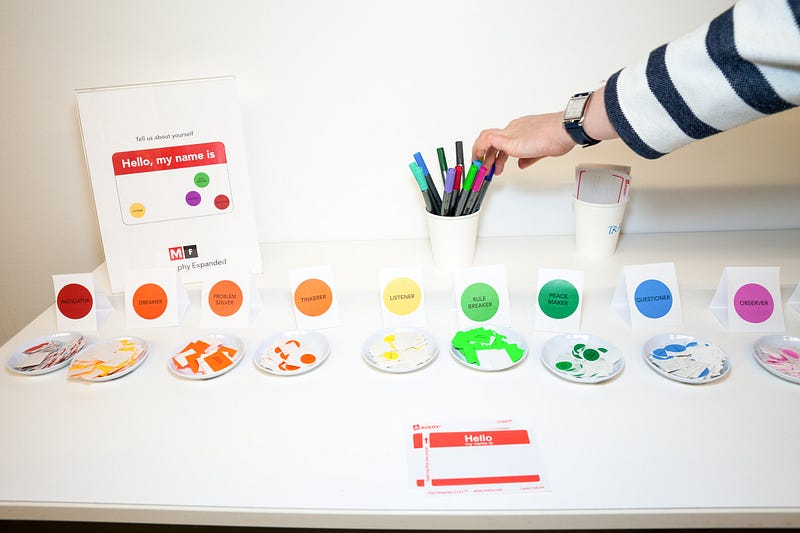 Listeners,
rule breakers, amplifiers, tinkerers, observers, problem solvers, and mess makers — Photography
Expanded Symposium attendees network and find potential collaborators. Photo by Liz Sanders.
Listeners,
rule breakers, amplifiers, tinkerers, observers, problem solvers, and mess makers — Photography
Expanded Symposium attendees network and find potential collaborators. Photo by Liz Sanders.
The Magnum Foundation seeks to expand creativity and diversity in documentary photography. Our ongoing Photography Expanded initiative provides space for socially engaged and community-based image-makers to meet, exchange ideas, and learn about emerging digital tools and platforms for increasing the impact of their work. Each year we hold a series of labs that culminate in a free, full-day public symposium centered around trends at the forefront of creative social practice.
At the 2017 symposium in June, a range of creative practitioners led presentations and discussions exploring collectivity, authorship, and participation in documentary practice. They inspired deep thinking on what it means for photographers, organizers, and activists to partner with other makers, their subjects and constituents, and the public.
- Members of the art-activist collective The Illuminator discussed their work of creating public visual interventions to incite social and political action — or “hacking the urban environment.”
- Artists Heather Hart and Morehshin Allahyari and immersive media technologist Opeyemi Olukemi discussed the building of infrastructures that enable cooperation: “Things like land trusts, educating our neighbors, knowing people in our neighborhoods, saying hello to people, talking to people, and having each others’ backs. That’s an alternative economy right there,” said Hart.
- Interdisciplinary artist Tiona Nekkia McClodden spoke with the Artistic Director of Creative Time, Nato Thompson, about intentionality, asking: Who is the work being made for? “I’m interested in presenting that work to the community first,” she said. “There is a lot of art out here that is pulling from communities and those communities have never seen themselves in that work. And I’m very much against that kind of practice.”
See the full line-up of presenters here.
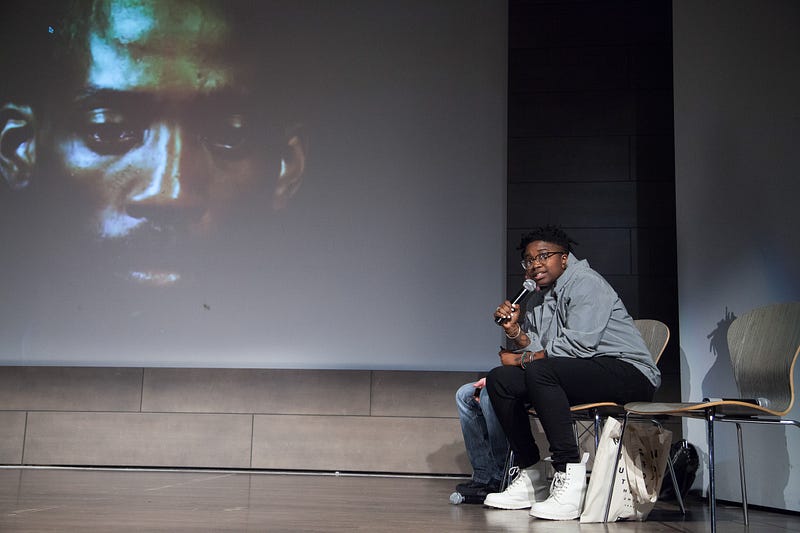 Tiona
Nekkia McClodden in conversation with Nato Thompson. Photo by Liz Sanders.
Tiona
Nekkia McClodden in conversation with Nato Thompson. Photo by Liz Sanders.Supporting collaborative practice
At the Magnum Foundation, we’re interested in supporting a range of styles and approaches, using the term “documentary” to ground our work in contemporary critical issues—from classical reportage to more conceptual frameworks. We’re deeply curious about how collaboration can expand the potential of photography to challenge the traditional perception of what documentary photography is and what it can achieve.
This past year, we gave our first-ever collaborative grant, made to interdisciplinary teams focused on topics related to religion. The grant included an intensive project development lab, where the teams all came together in New York with a panel of advisors and experts across fields.
Creators of two of those projects presented at the symposium: Mapping the Spirit, by Kameelah Janan Rasheed with Corey Tegeler, and The Blood and the Rain, by Yael Martinez and Orlando Velázquez. Now in their final stages of development, these projects exemplify the benefits of confronting the limitations of photography and being open to techniques and approaches from other mediums.
Mapping the Spirit is a digital archive project that seeks to document spiritual life amongst people of African descent in North America by amplifying these voices to create nuanced histories through a series of interrelated chapters focused on specific communities. Tegeler designed the first chapter of Mapping the Spirit—on the Moorish Science Temple of America—as an interactive website which integrates photographs, audio, and long-form interviews with archival matter such as FBI files, newspaper articles, and Moorish publications. Future chapters will explore Black Hasidic communities as well as networks of Black Buddhists.
We were interested in thinking through the current parameters of how archives are experiences in real life as well as on digital platforms. We wanted to allow for multiple entry-points into the content of the website as well as a loose narrative structure. We were also interested in including some elements of traditional archives, like the ability to save or bookmark content. In the end, Corey designed several features that met these needs including multiple points of entry to different text, image, and video material, a feature that allowed users to save and re-organize their own collection of material across the site, and a finding aid with 100 other archival pieces.
— Kameelah Janan Rasheed
For Rasheed and Tegeler, collaboration led to an adventurous development process, as the designing and programming ran parallel to the collection and creation of the media. All of this resulted in unexpected radical shifts in approach to design and development. Through interdisciplinary partnerships, new artistic forms can emerge that would not have manifested within a single mode of practice.
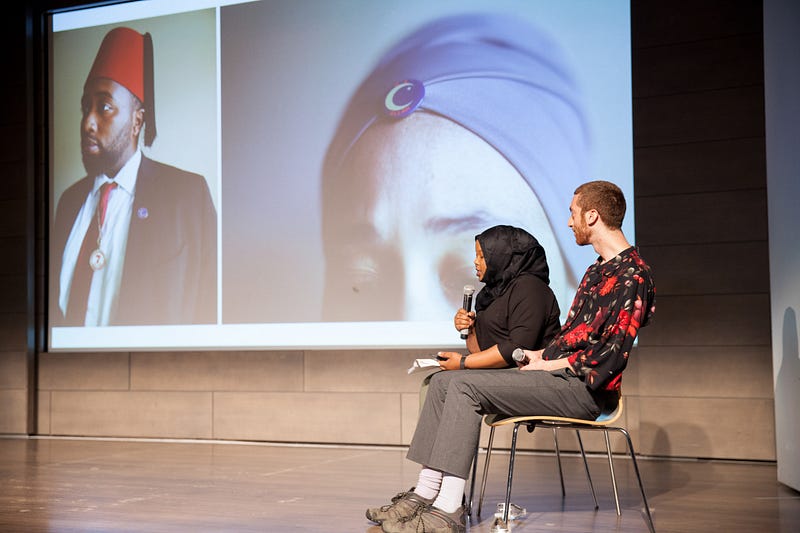 Kameelah
Janan Rasheed and Corey Tegeler. Photo by Liz Sanders.
Kameelah
Janan Rasheed and Corey Tegeler. Photo by Liz Sanders.The Blood and the Rain is a multimedia collaboration by two brothers, photographer Yael Martínez and graphic artist Orlando Velázquez. Inspired to seek connection with their roots and cultural history, Martínez and Velázquez sought out ancestral communities in their native Guerrero, Mexico.
Over time, they were welcomed to experience long-held indigenous spiritual traditions and ceremonies of gratitude to the earth. Because the rituals themselves are not allowed to be photographed, Yael and Orlando found ways of documenting and honoring the communities’ cultural expressions without exposing or violating them.
More and more I am interested in collaborative work, and work where the approaches to representation are unique.… The technological aspect of photography has made great advances, but it is also a subjective medium that tries to represent the world. I think it has also been one of the mediums that has changed the way in which we see and engage with reality. So for me, I am most interested in expanding the forms of representation in my work.
— Yael Martínez
Curiosity first
The symposium is a point of gathering and intersection for a range of practitioners. It is often a site of reconnecting and meeting new potential collaborators, of discourse and debate, and certainly of asking questions.
With artist and activator Mark Strandquist, we asked presenters to respond to the following prompt: What question should one answer before beginning a collaborative project? Starting with Questions Not Answers ended up as a zine on each seat in the audience.

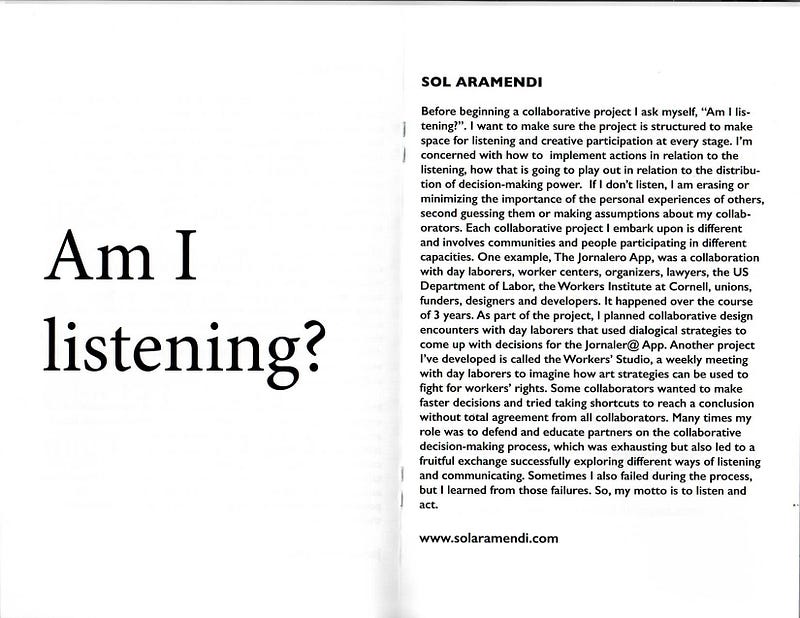
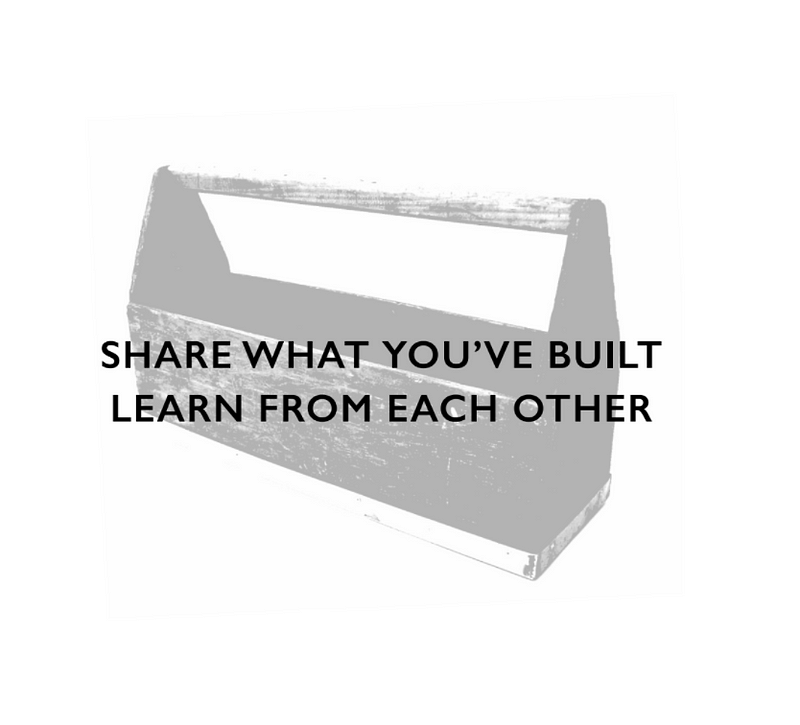
We invite you to add your own questions and reflections to this growing collection for another iteration. You can respond via the comments here or to info@magnumfoundation.org.
Immerse is an initiative of Tribeca Film Institute, MIT Open DocLab and The Fledgling Fund. Learn more about our vision for the project here.